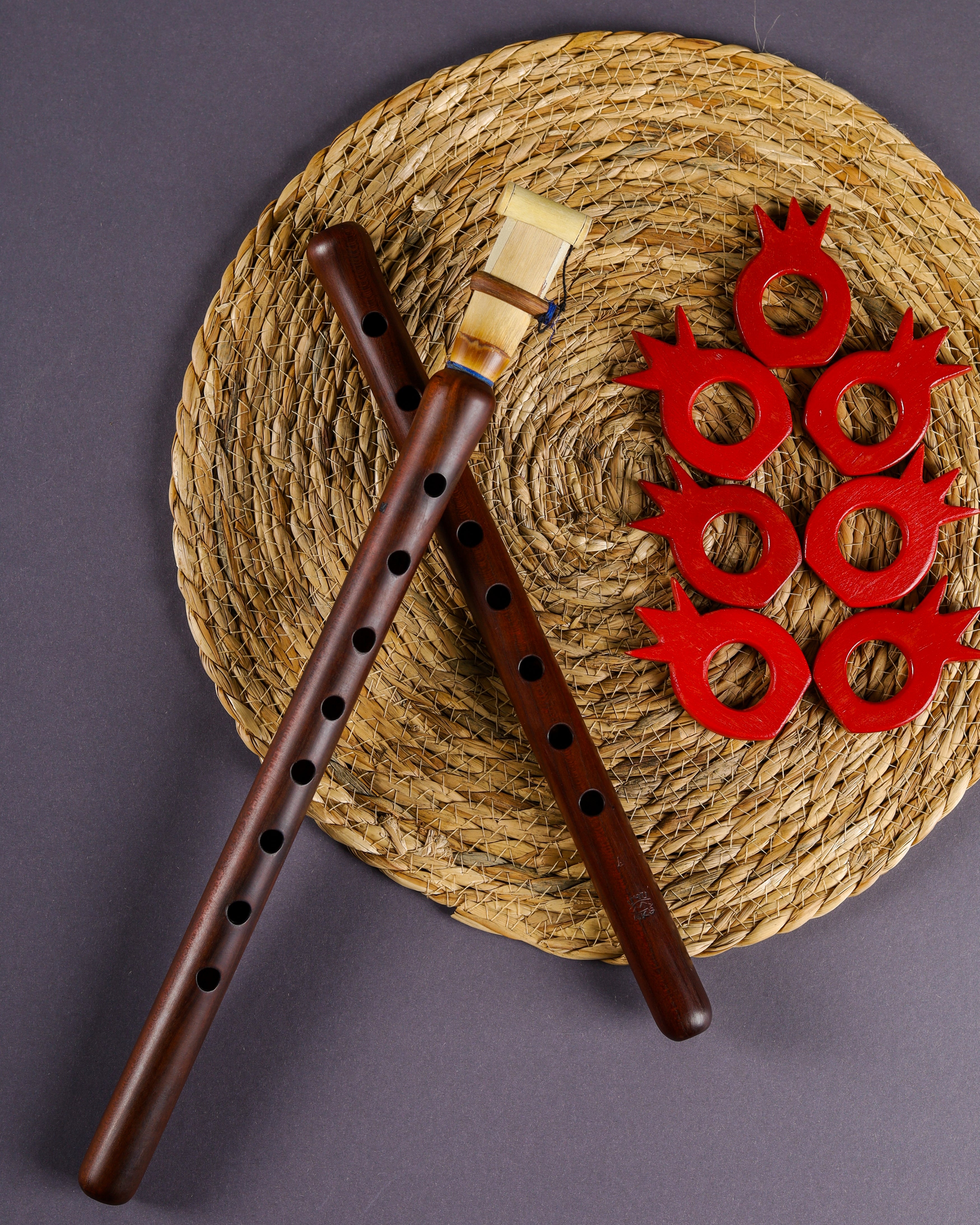Despite its apparent simplicity, the Duduk is an instrument whose practice is demanding. Producing a warm and soft sound requires mastering multiple aspects of the Duduk, which is complex and demands diligent work, especially regarding breathing and breath control.
Abdominal breathing
Abdominal breathing is an absolute necessity for playing the Duduk. It contributes to better oxygen circulation to the body, thus improving the quality of breathing. As a result, the body and nervous system feel more relaxed, facilitating a more natural execution of the instrument. Abdominal breathing involves drawing air into the lower part of the lungs using the diaphragm muscles. During practice, you will notice that the abdomen rises, hence the name given to this technique. Usually, the heart rate and blood pressure decrease, which is particularly advantageous when playing the Duduk, which often requires a large amount of air without the possibility of taking breaks between melodic phrases.
Circular Breathing
Using the mouth as a propulsion instrument, circular breathing is a method of breathing that allows maintaining a continuous flow of air for a considerable, even infinite, period of time. This technique is particularly used by musicians playing the Damkash (Dam), who play a musical note uninterruptedly throughout the performance.
The technique of circular breathing is based on the permanent storage of a certain quantity of air under pressure, independent of the actual air blown into the intrument, similar to a bagpipe, without the use of an external airbag. To do this, the oral cavity, specifically the cheeks, serves as an air reserve equivalent to that of a bagpipe's bag.
Thus, when the air reserves in the lungs diminish, the musician must slightly inflate his cheeks while continuing to blow, in order to create a new air reserve. Then, by taking a brief breath through the nose, he must expel the air contained in the oral cavity by emptying the cheeks. Finally, once the lungs are filled, he can resume exhaling through the mouth and therefor continue the musical production.
Demonstration of the Circular Breathing technique

